These two warehouses in Superior, Wisconsin are pretty popular places to photograph. After repeatedly seeing photos of them online, I wanted to see if I could dig up something about their history. It turns out that they were both built for wholesale grocery startups that found a home in Superior in the late 1800s.
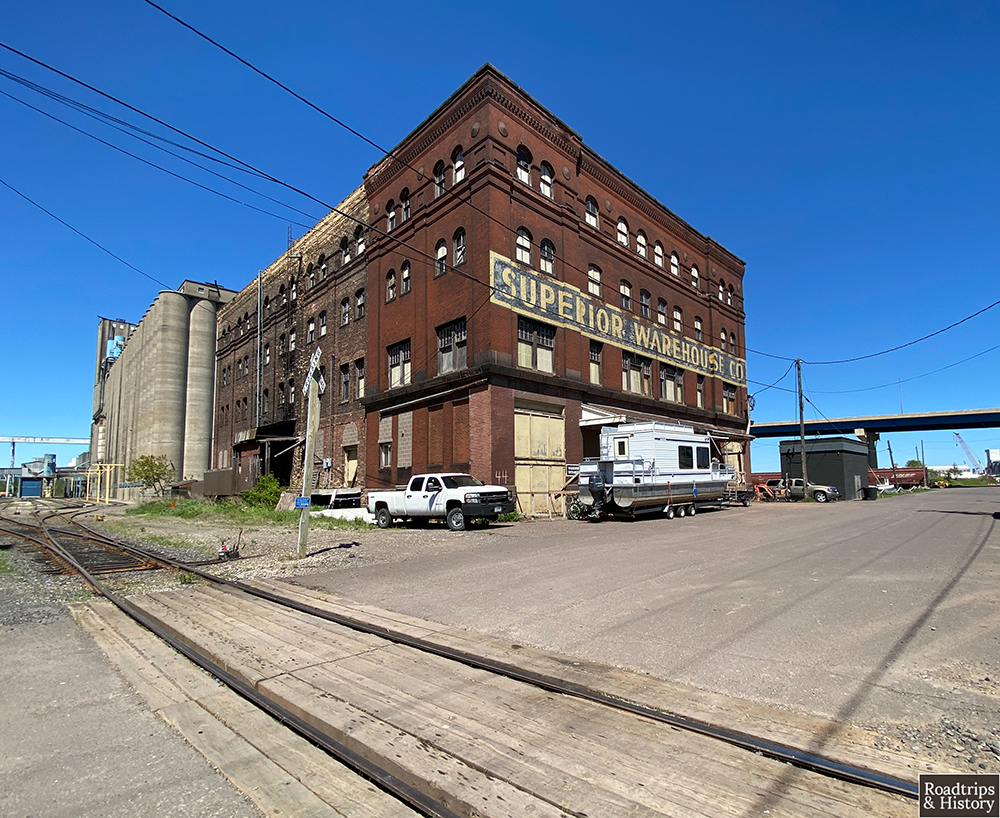
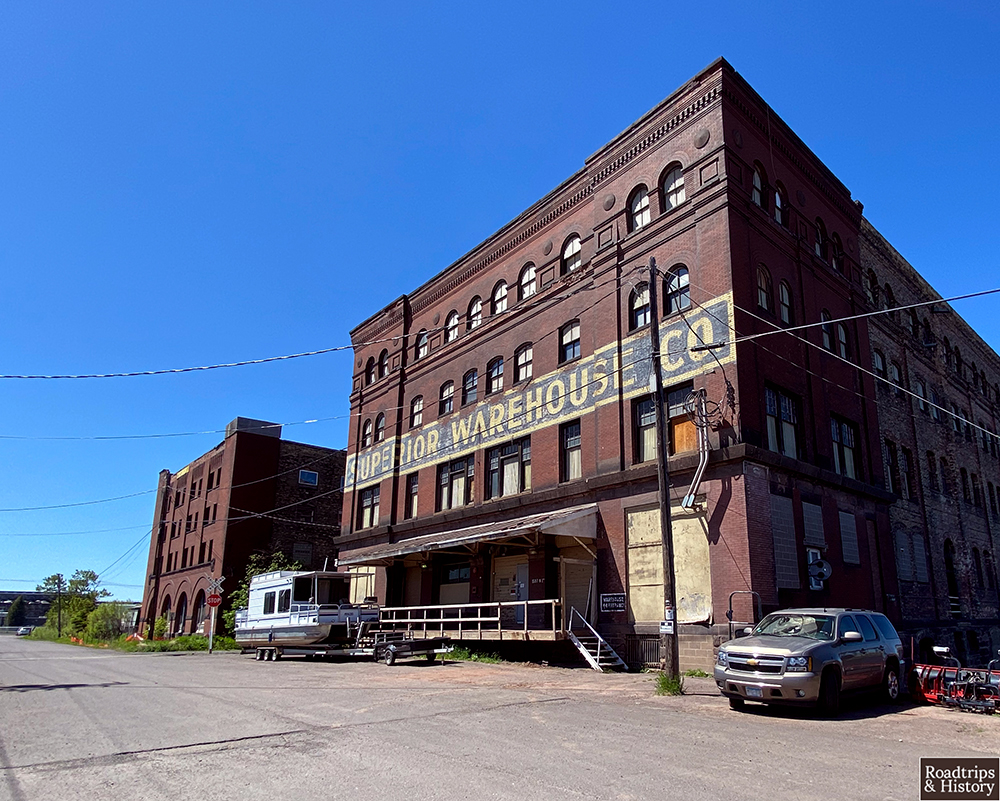
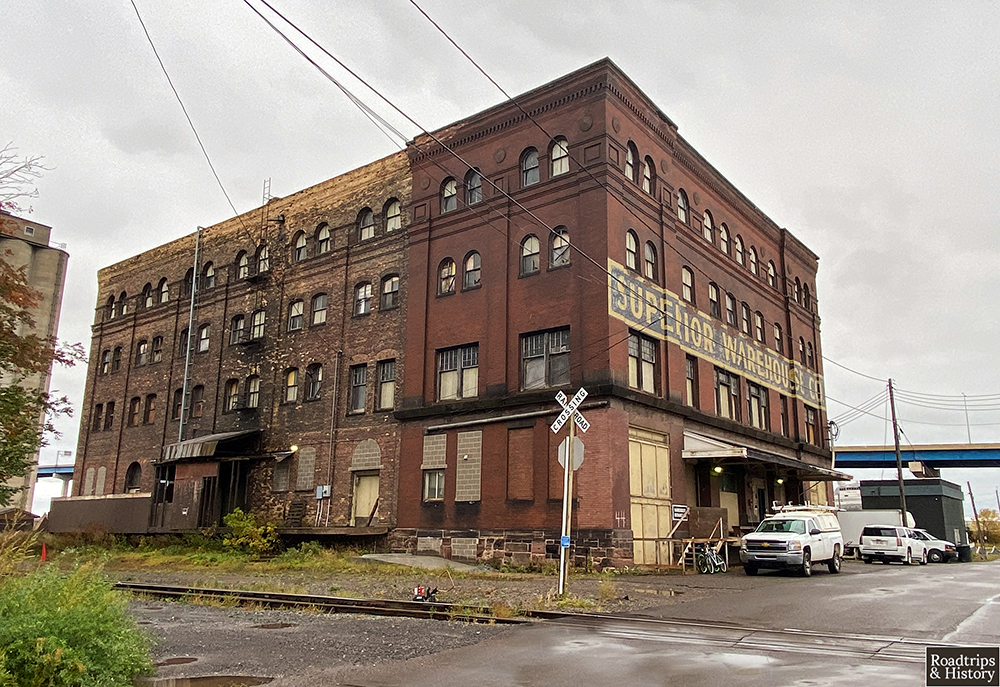
The Osborn Mercantile was one of those wholesale grocery startups. The company spent $70,000 to build a new red-brick warehouse and office space at the northern tip of Superior. It was completed in May 1893, but the company’s partners split due to internal strife a month before they were set to move into their luxurious new offices. So the building sat pretty, but vacant, for about a year before finally finding an occupant. The Bemis Bags Company moved in and employed around 100 people to make their specialty ‘Seamless Bemis’ flour sacks. Once Bemis moved out, Globe Shipbuilding acquired the building. It was used for a handful of years before they sold it to H. Miscampbell Body Corporation — a Duluth-based truck manufacturer — who used the building until the mid-1920s. Since then, the building has seen various businesses come and go.
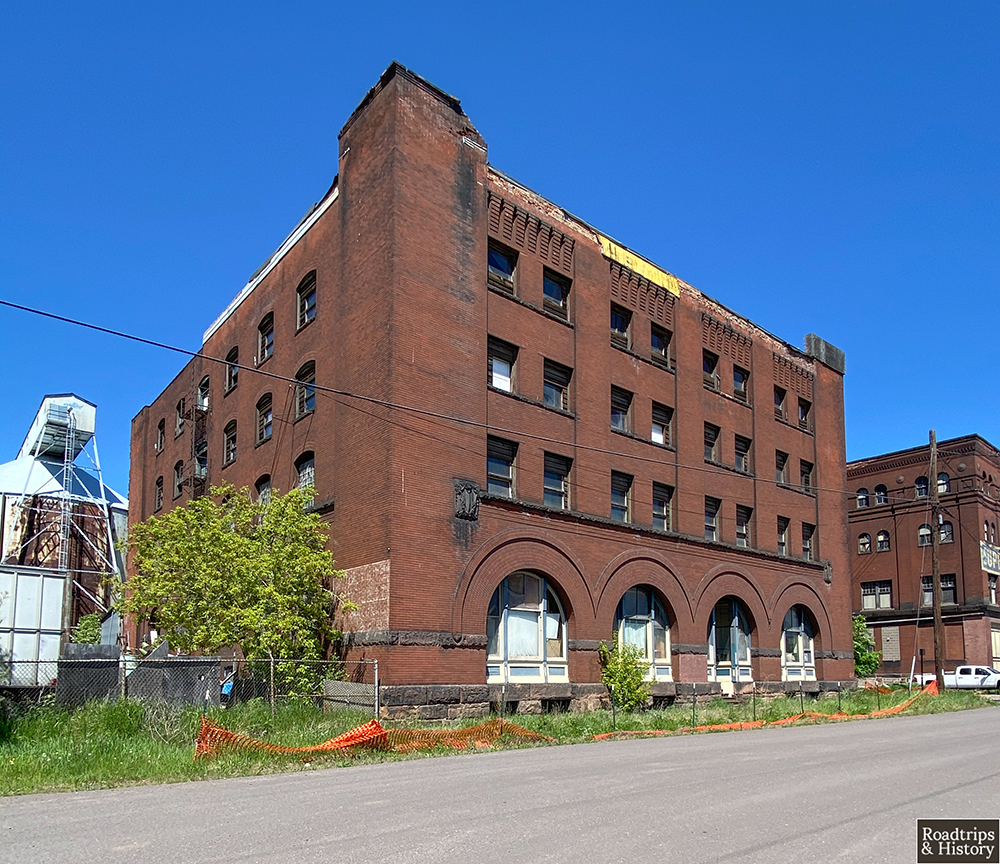
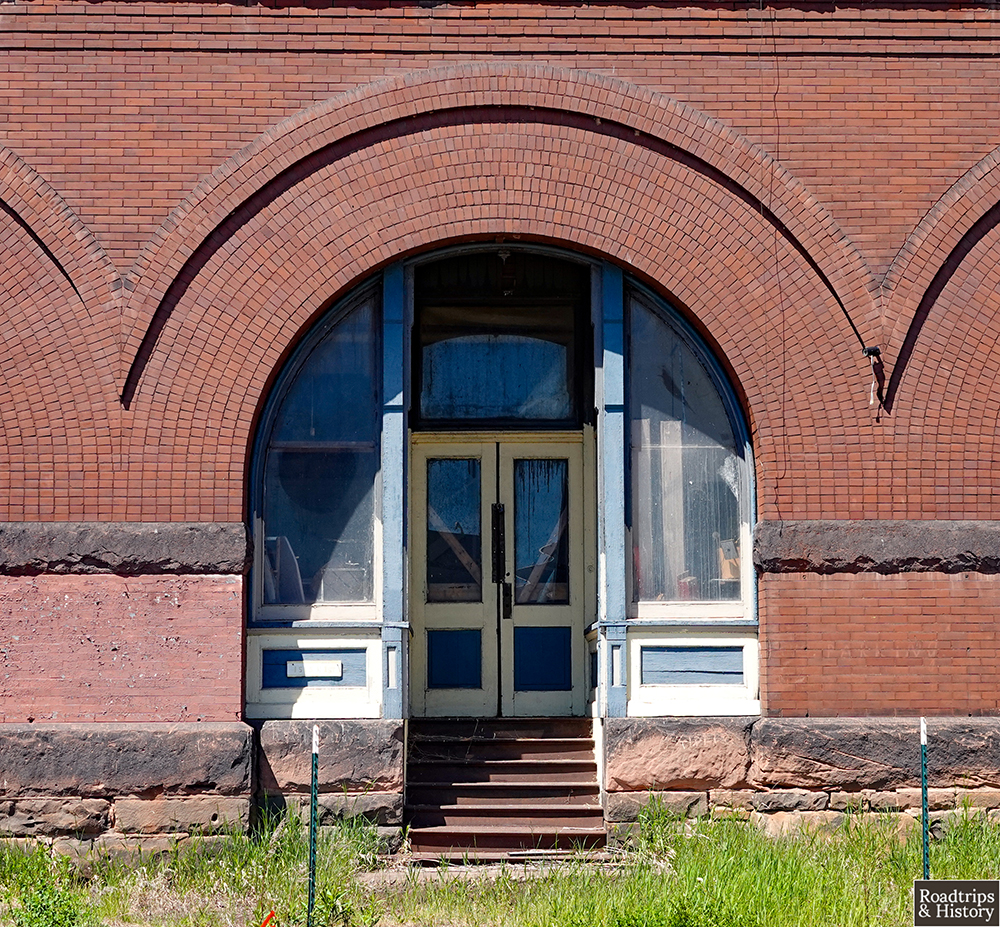
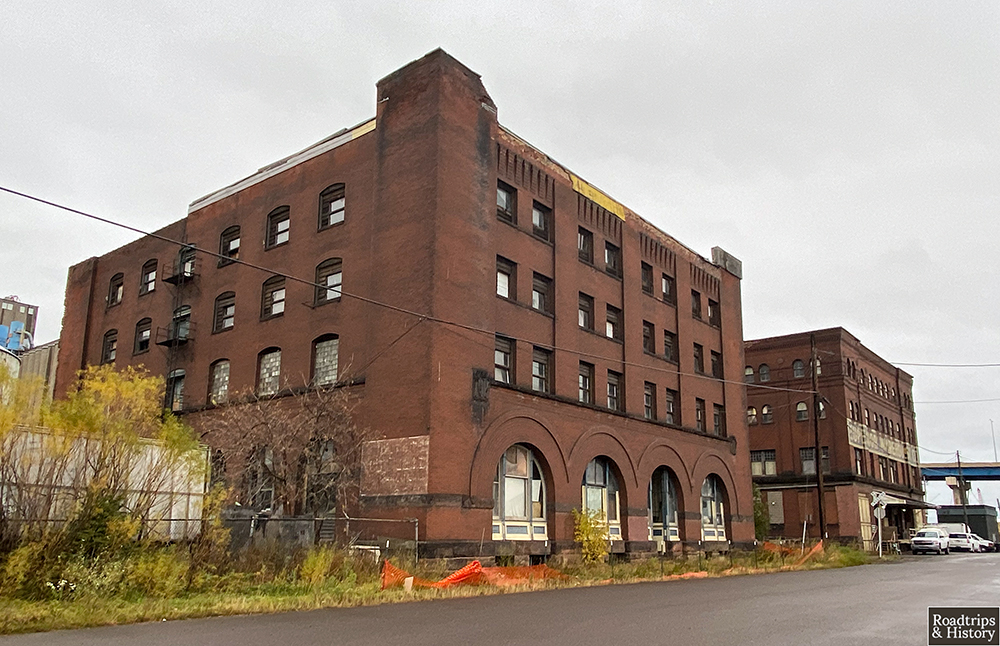
The Twohy Mercantile was the other wholesale grocery startup calling Superior home. Just before Twohy began building their new warehouse and offices, the Panic of 1893 struck and left the company’s future hanging in the balance. After months of indecision about investing $50,000 in a new warehouse in Superior, they finally broke ground in 1894. By 1902, Twohy had joined forces with their closest competitor to form a partnership in the wholesale grocery business to create the Twohy-Eimon Mercantile. They thrived here, even taking over the Osborn building next door for a brief time before leaving the area in 1916. The building was then used by a liquor importer until Prohibition began. The building’s longest occupant was Builder’s Supply, who used it until 1985. Not unlike the Osborn Building next door, the old warehouse has seen various businesses come and go since then.
Pigeons seem to be the only ones going in and out of the buildings on a regular basis these days. While they aren’t abandoned by their owners, they are clearly unused or underused likely because of their rapidly deteriorating condition. But the buildings continue to stand proud, waiting for the right investor to come along to help them shine again.
** Update January 2022 **
Sadly, both warehouses were destroyed by fire on January 6, 2022.
